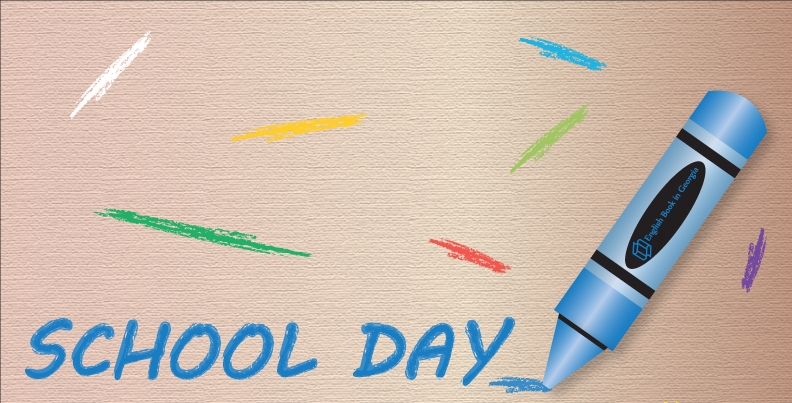- Plan a Scavenger Hunt
- Assess Learning Styles
- Do a Self-Portrait
- Create a Time Capsule
- Get Them Guessing
- Start with a Challenge
- Begin with a Book
This could involve students searching the classroom to find things like the pencil sharpener or the hall pass, or it could ask them to discover which of their classmates took a long trip over the summer or who has a younger brother.
For older students, the first day of school can be a great chance to find out more about how they learn.
There are many different learning style inventories available online. Find out the many different ways your students are smart by having them complete a multiple intelligences assessment. Have students share these results.
It can encourage students who have typically struggled if they know you are aware of the things they are good at, and it provides an opportunity to address some of those “I’m dumb/she’s dumb” issues that inevitably crop up in a classroom.
Whether it’s done with words or pictures, collage or drawn by hand, having students describe themselves can be fun, informative, and occasionally surprising. Of course, the self-portrait will be most effective if you do one of yourself, too.
Have students create a sample of their current work — for example, have students take a pre-test, write a paragraph or even video tape them reading aloud or speaking in a foreign language. Bring the examples out in June and let students recognize how much they’ve grown.
Prediction activities can be a great way to activate students’ prior knowledge on a topic and get them excited about what lies ahead in the course.
Guessing Game 1:
Give them a series of true and false statements about the content of the course and have them guess the right answers.
Guessing Game 2:
Or do a demonstration experiment and have students guess about the results. If you teach English, try this trick: get a movie of the first novel students will read and show one brief, suspenseful or exciting scene. Make sure to stop the film so that students are “left hanging” and tell them they’ll have to read the book to find out what happens. You may get kids begging to start the book!
This is especially effective for older students or for classes in which you want to set a specific tone. Since most teachers spend the first day of school distributing syllabi and lecturing about class rules, you will really get the students’ attention if you make them work the first day and get around to that “business” stuff on the second or third day of class. Give students an assignment that will really challenge them. One drama teacher actually starts her beginning drama class by making students do an audition where they read a speech aloud in front of the class. It’s not graded, but it gives her valuable information about the students and it helps them get past their initial “I can’t act” attitude. If you teach an AP class, why not start the first day by giving the students part of a practice AP exam? The students will see them soon enough – just jump right in!
This approach is especially effective for non-language arts teachers. Find a book that puts a different spin on your subject and share it (or part of it) on the first day. Ways to Use Books to Introduce Subjects Outside Language Arts – Maybe a children’s book on animals is a fun way to begin studying biology. – A coffee table photo book might provide striking images for students to think about as they begin studying history. – For older history students, consider taking an excerpt from a book like Guns, Germs, and Steel; Founding Brothers; or Citizen Soldiers. These books describe history in a different way and may grab the attention of students inclined to “tune out” their textbook. Whatever method you choose, the first day of school offers a great opportunity to learn about your students and set the tone for a terrific school year!
 Blog EBE English Book Education
Blog EBE English Book Education


